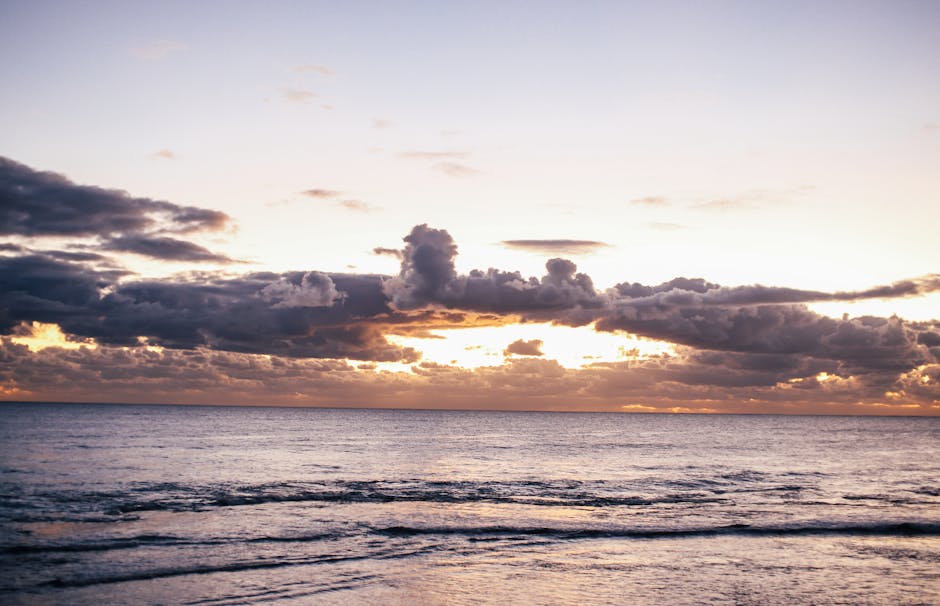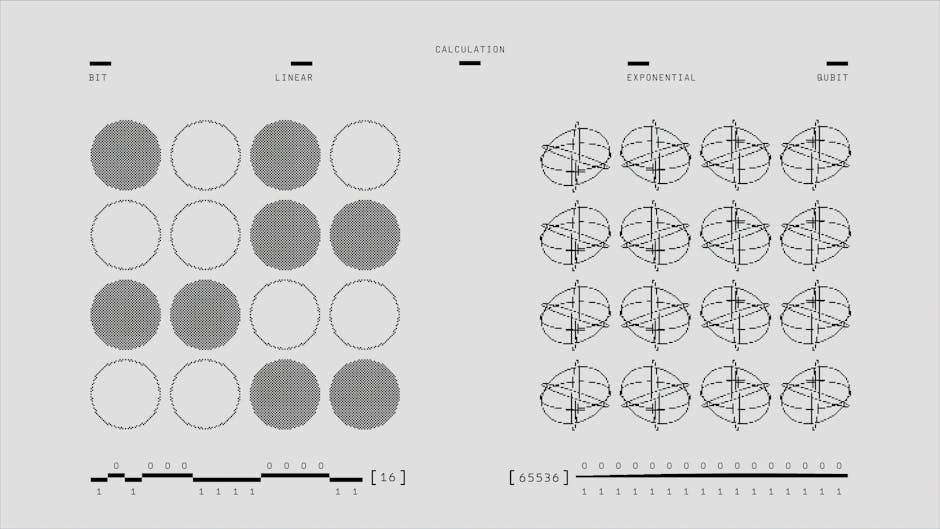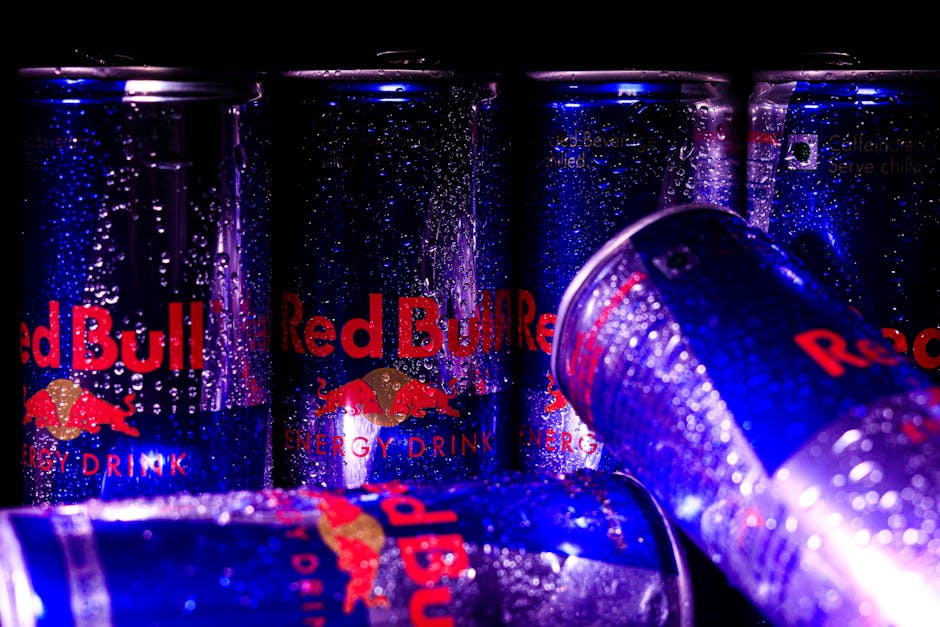In a move dripping with his signature bravado, Elon Musk has once again drawn a line in the sand for the future of transportation. During Tesla‘s latest earnings call, the CEO declared his intention to operate the company’s upcoming robotaxi fleet without human safety drivers by the end of 2024. His goal is clear: Musk wants to get rid of Tesla’s robotaxi babysitters ‘by the end of the year’, a move that could redefine urban mobility.
Why Removing the ‘Babysitters’ is a Multi-Trillion Dollar Bet
This isn’t just another bold prediction; it’s the foundational pillar upon which Tesla‘s valuation partly rests. The entire economic model of a robotaxi service hinges on removing the driver from the equation. Without a human to pay, insure, and manage, the cost per kilometre plummets, potentially making autonomous rides significantly cheaper than owning a car or using services like Uber.
For years, autonomous vehicles from companies like Waymo and Cruise have navigated cities with a human in the driver’s seat, hands hovering over the wheel, ready to intervene. These safety drivers—the “babysitters” Musk refers to—are the costly bridge between today’s advanced driver-assist systems and a truly driverless future.
FSD v12: The Tech Behind the No-Babysitter Goal
Musk’s statement signals his belief that Tesla‘s Full Self-Driving (FSD) technology is on the cusp of crossing that bridge. He asserted that from a technological standpoint, the system will be ready for unsupervised operation this year. This immense confidence is largely pinned on the latest software, FSD v12, which uses a sophisticated neural network that learns to drive by watching millions of hours of real-world video footage rather than being programmed with rigid rules.
The stakes couldn’t be higher, especially with Tesla set to unveil its dedicated Robotaxi vehicle on August 8th. A fleet of autonomous vehicles operating without human oversight would be a quantum leap, transforming Tesla from a car manufacturer into a high-margin tech and transport-as-a-service giant.
More Than Just Code: Regulatory and Public Trust Hurdles
Before we hail our first driverless cab, a healthy dose of scepticism is warranted. Musk has a well-documented history of setting ambitious timelines that often stretch into the future. While FSD has shown remarkable progress, it still requires driver vigilance and faces criticism for its real-world reliability.
Beyond the technological hurdles lies a formidable mountain of regulatory red tape. It’s one thing for Musk to declare the technology ready; it’s another entirely for regulators in the US and Europe to agree. Government bodies will demand an unprecedented level of proof that these vehicles are significantly safer than human drivers before allowing them to roam our streets unsupervised. Public trust, too, must be earned, one safe ride at a time. The unique challenges of complex road environments, from unpredictable pedestrian behaviour to erratic traffic, present a challenge of an immense magnitude for any AI system.
An Audacious Timeline and an August 8th Reveal
Elon Musk has fired the starting gun. His year-end goal to remove the “babysitters” is an audacious gamble. Whether it marks the true dawn of the autonomous age or becomes another missed deadline remains to be seen. All eyes will now be on the August 8th reveal, where we expect to get a clearer picture of the vehicle that Musk believes will need no human guardian.




